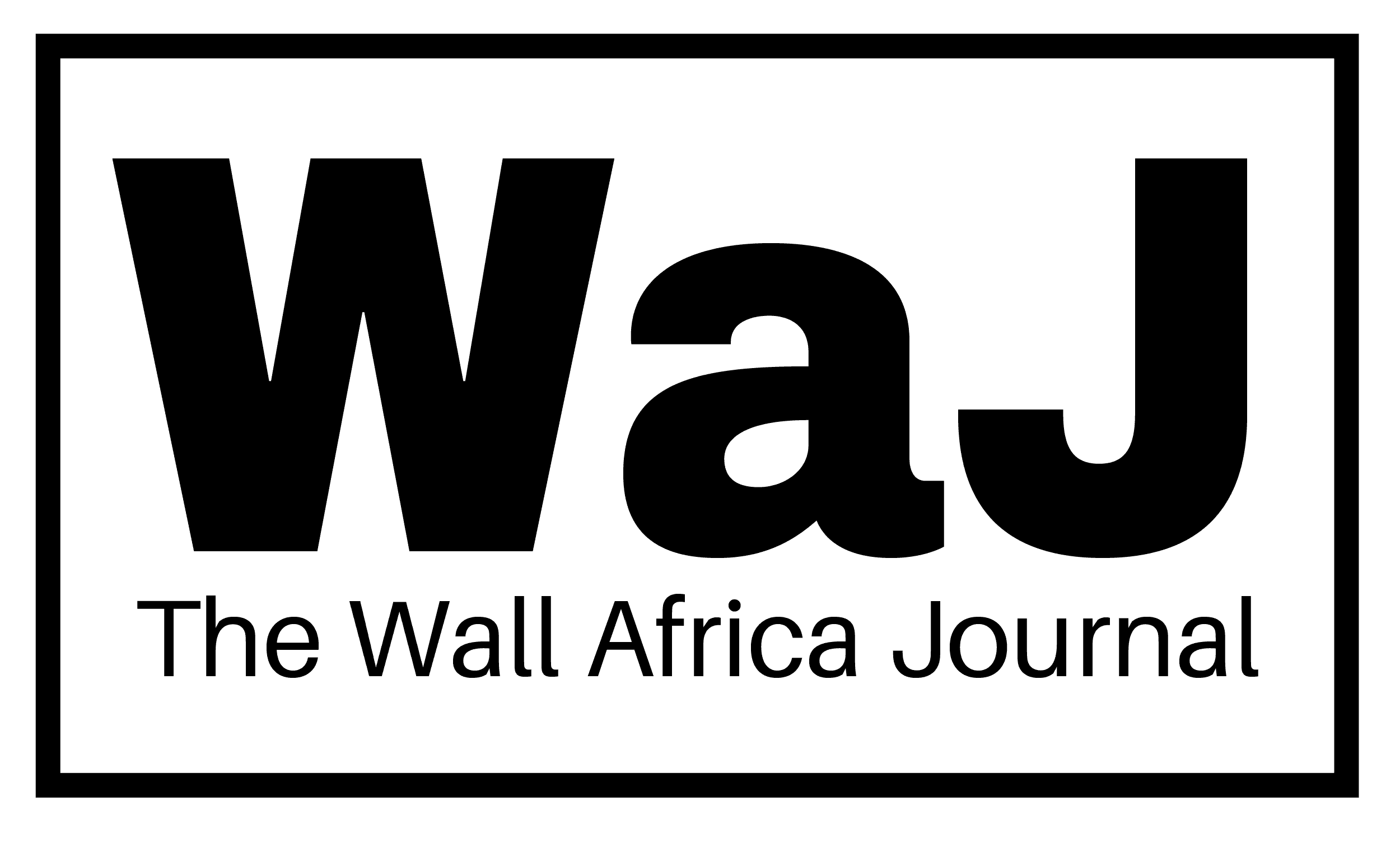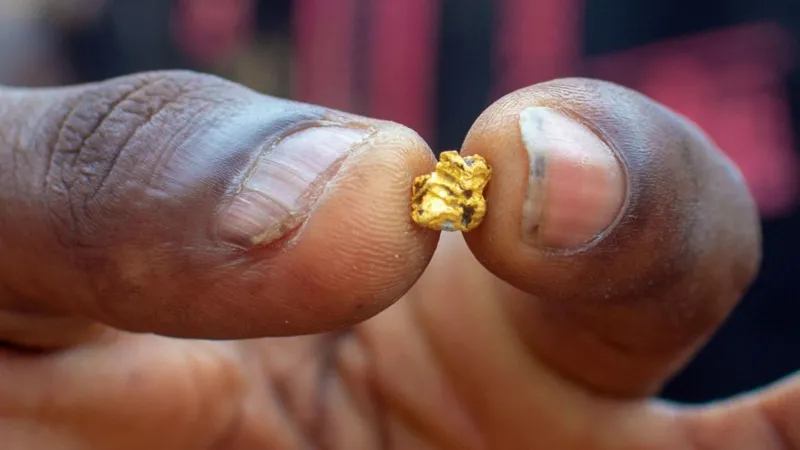As gold prices reach historic highs in 2025, the Sahel region of West Africa—particularly Burkina Faso, Mali, and Niger—has become one of the continent’s leading gold-producing zones. However, while the gold sector is expanding rapidly, concerns are growing about how the proceeds are used and the impact on regional stability.
Together, these three countries produce an estimated 230 tonnes of gold annually, with much of it coming from small-scale and artisanal mining operations. This figure, according to experts, may even underestimate the true volume, as many sites operate informally and are not always captured in official records.
National Development and Economic Potential
Governments in the region emphasize the importance of gold as a strategic asset for national development. New refineries are being constructed in both Mali and Burkina Faso, and some countries have introduced policies to ensure local participation and skill development in the mining sector.
In Mali, a new refinery project is underway with the involvement of an international investor. Burkina Faso has established a state-owned mining company and now requires foreign firms to allocate a share of operations to local interests.
Officials hope these projects will lead to job creation, enhanced export capacity, and broader economic growth.
Challenges in Oversight and Security
Despite the opportunities, the expansion of gold mining has presented significant governance and security challenges. A large portion of gold extraction takes place in areas without direct government oversight, making them vulnerable to competition from armed groups.
Some of these groups have reportedly gained control over mining sites, using gold as a source of funding. The same areas also face ongoing violence due to conflict involving various non-state actors.
According to regional experts, this dynamic can further complicate local security, with gold revenues potentially fuelling instability instead of contributing to development.
International Trade and Transparency Concerns
Much of the gold extracted from the region is believed to be exported informally, often passing through regional trading hubs before reaching international markets. The United Arab Emirates is a key destination for such exports, serving as a major refining and trading center.
Once the gold is refined and enters global supply chains, tracing its origins becomes nearly impossible. This lack of transparency has led to growing international concern over so-called “conflict-linked” gold entering mainstream markets.
Unlike diamonds, which are governed by the Kimberley Process to prevent trade in conflict stones, no universal framework currently exists to certify the ethical sourcing of gold.
Impact on Local Communities
At the local level, many workers in informal mining communities report limited benefits despite the gold sector’s growth. One miner from northern Mali shared that he typically earns between $18 and $36 per day, depending on output. “The global price went up, but our earnings haven’t changed,” he said.
Working conditions are often harsh, and with limited economic alternatives, many people turn to mining despite the risks.
The Need for Balanced Approaches
Analysts suggest that while gold holds major potential for economic advancement, ensuring that its benefits are distributed fairly—and do not contribute to conflict—is critical. Improving regulatory oversight, supporting responsible mining practices, and strengthening transparency in the value chain are among the key steps recommended.
As the region continues to navigate its economic and security challenges, how gold is managed may play a defining role in shaping its future.



